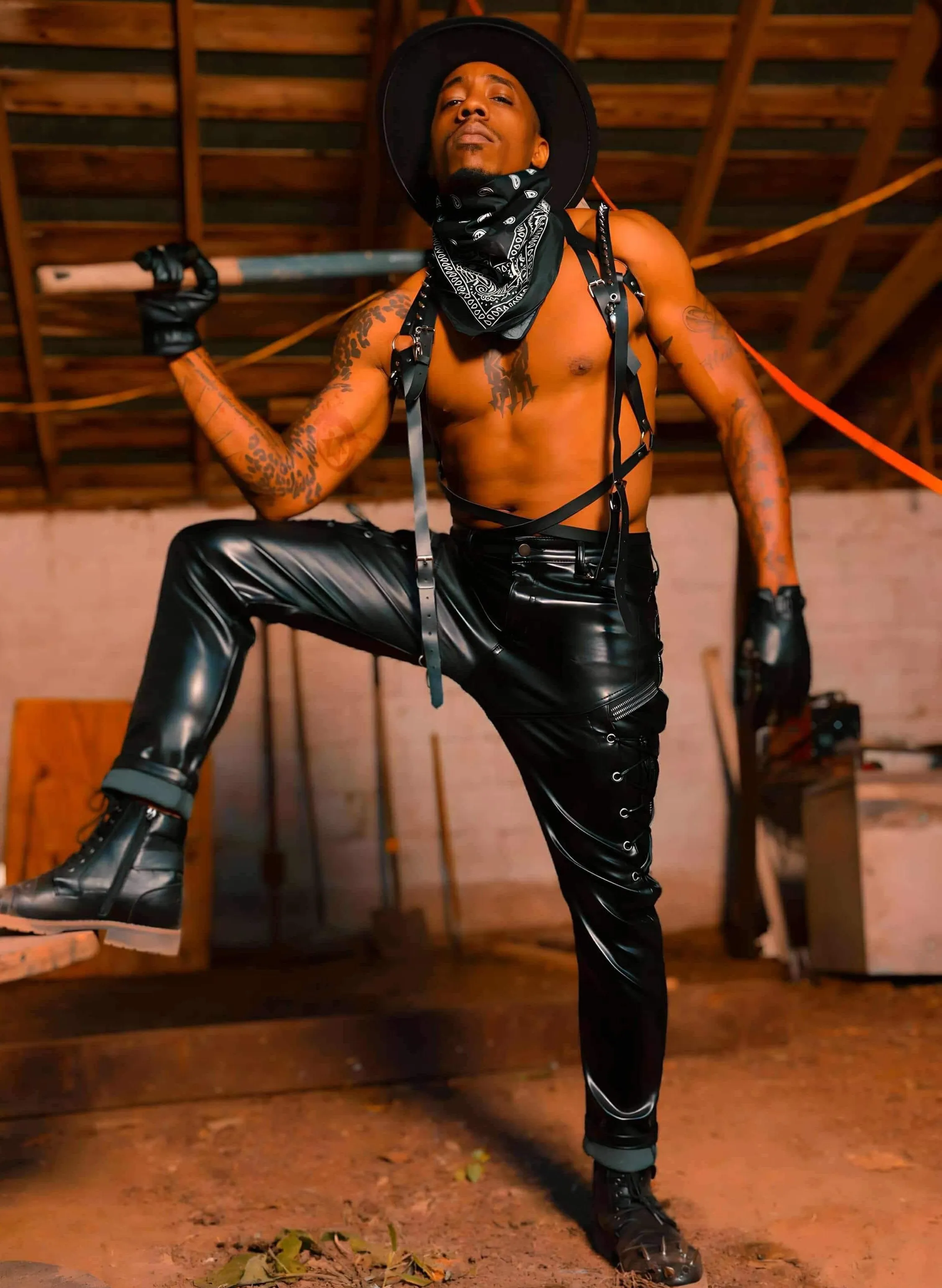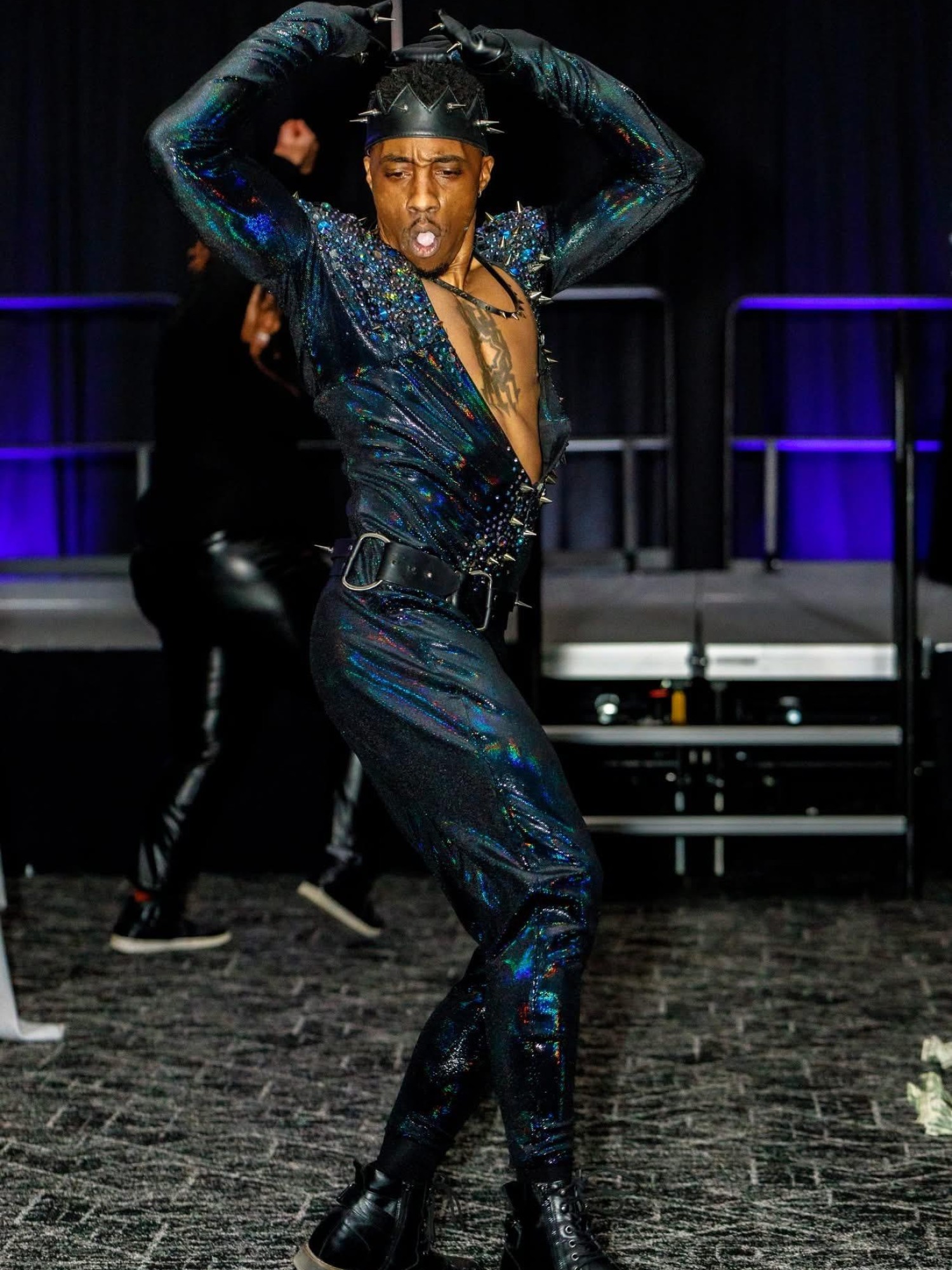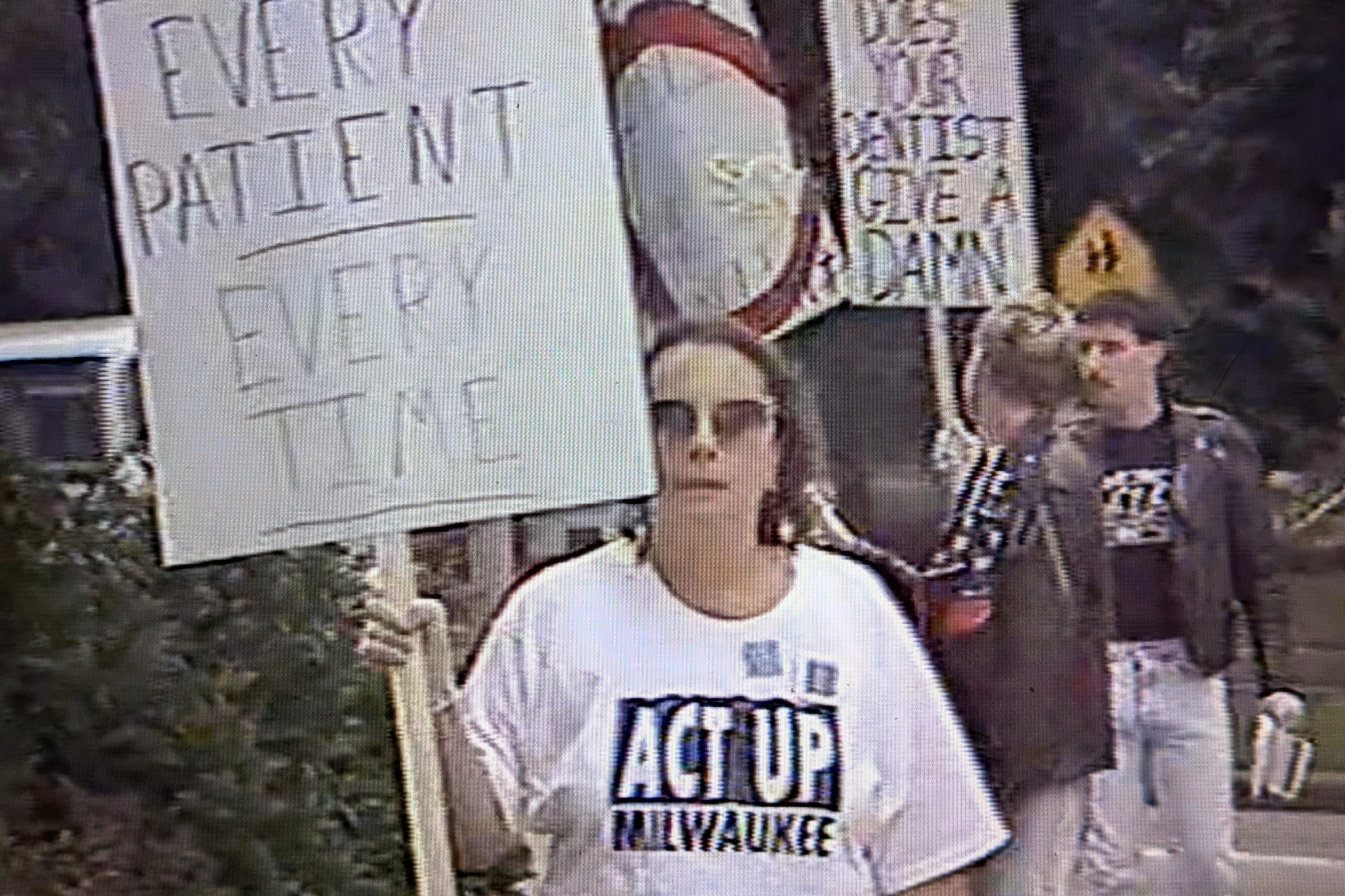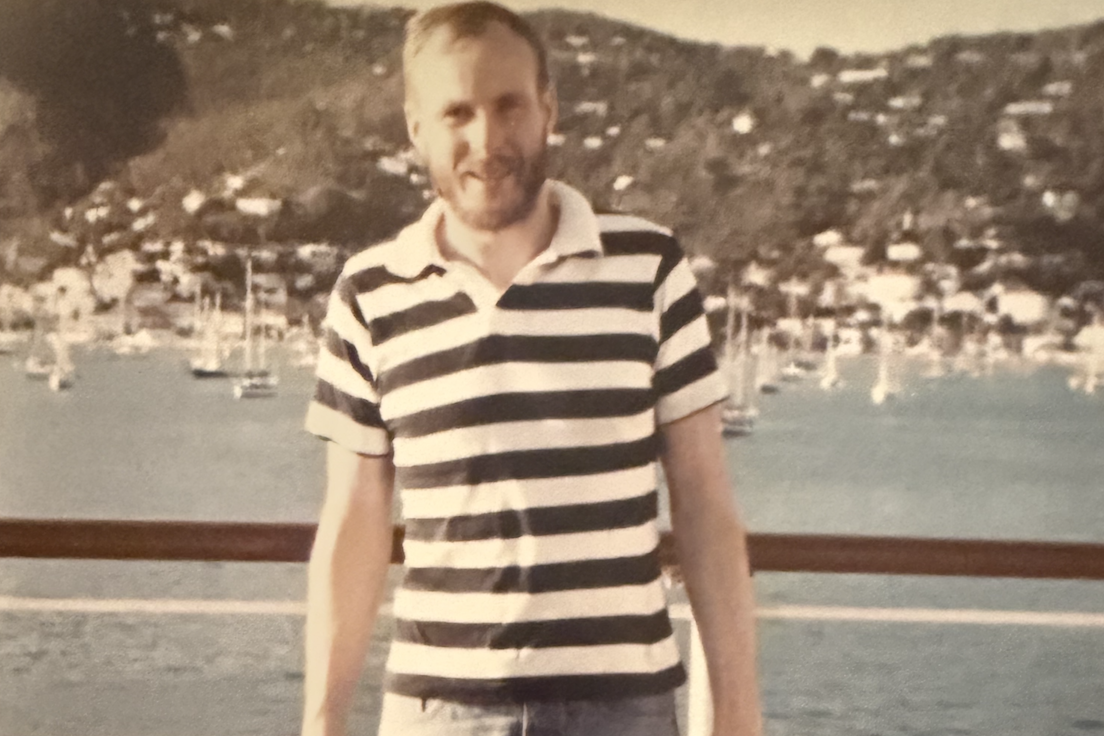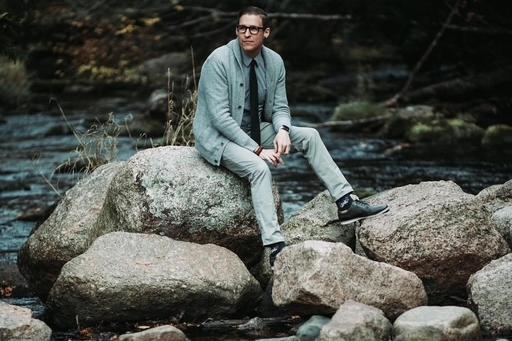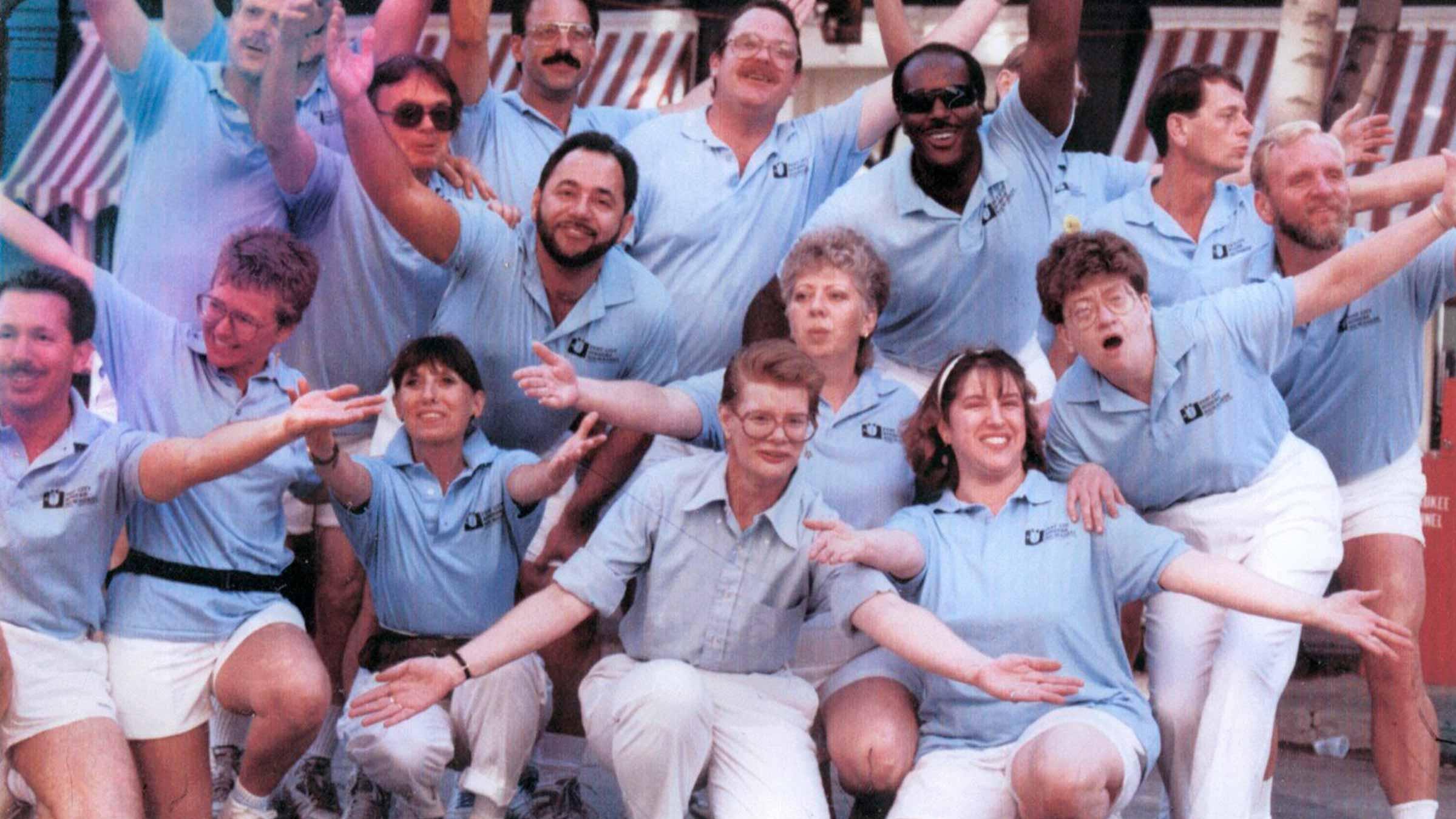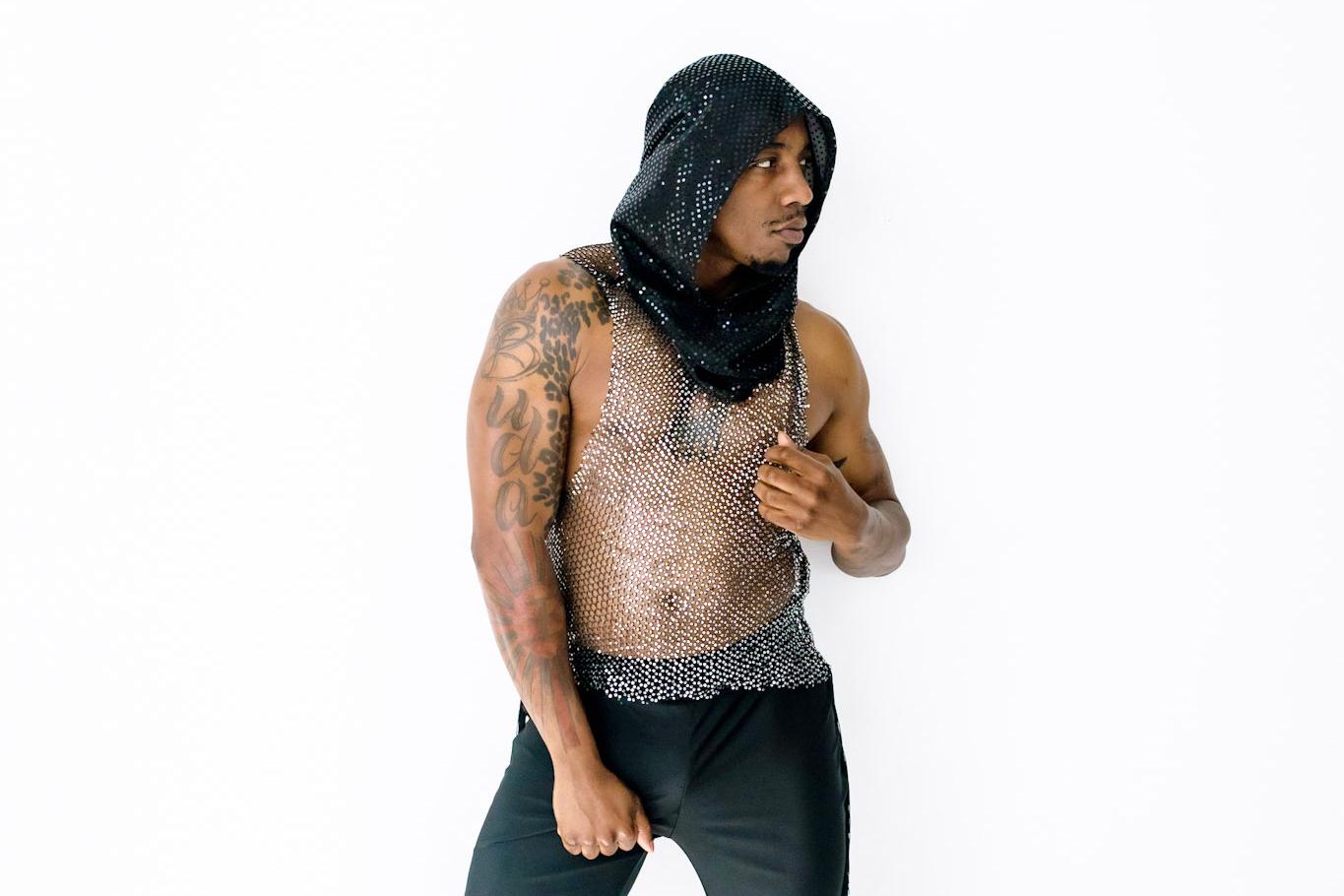
Buda Mizrahi: finding family on the Ballroom floor

"By just letting people be, and exist in their own way, ballroom serves as a space of belonging and empowerment."
“I am Buda 007/Mizrahi, and I walk Sex Siren and used to walk Realness with a Twist,” they say with pride.
For Buda, Milwaukee’s Ballroom community is more than just performance, it’s family.
“What inspired me to join was the need for a safe space to belong to, to just find my tribe.”
Ballroom became that sanctuary.
It wasn’t about fitting into a rigid mold. It was about freedom.
For Buda, the most life-changing moments haven’t necessarily been about trophies or recognition, but about teaching.
“The moments that always impact me are when I can teach others about the importance of Ballroom and representation.”
Sharing that history and power with the next generation is where their purpose shines.
But for growth to continue, local support is essential.
“Show up, ask questions, and be engaged when we have these events.”
Allies can make the biggest difference by being present not just during QPOC Month, but year-round.
“Show up and show out!”
If there’s one message Buda wants the world to hear about Milwaukee’s Ballroom culture, it’s this:
“We exist, whether you understand it or care. And if you do care, be intentional about learning about our culture.”
This story also appeared in the 2025 Pride in Color issue of Our Lives Magazine.
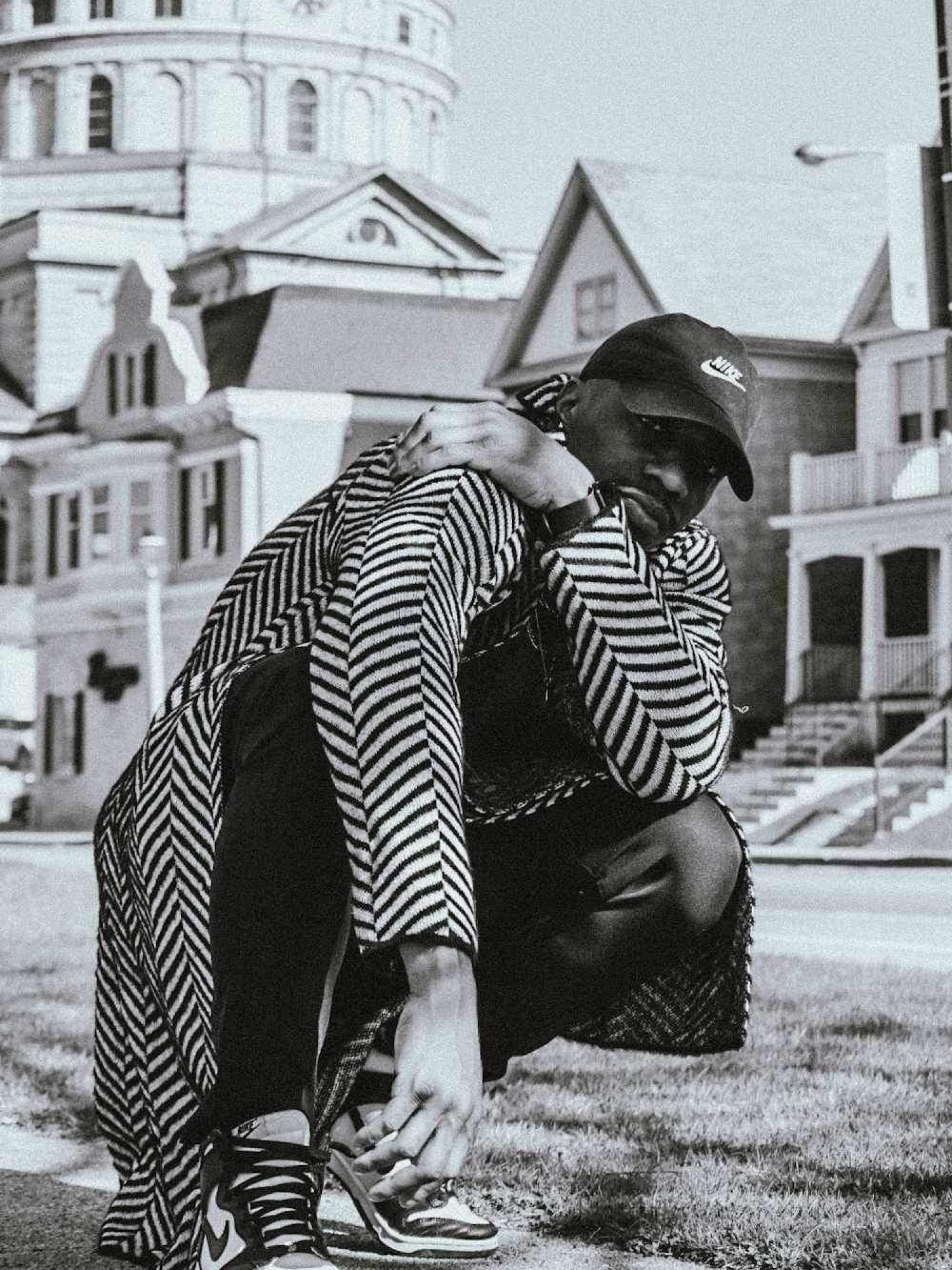 Buda Mizrahi
Buda Mizrahi
recent blog posts
December 01, 2025 | Dan Fons
December 01, 2025 | Garth Zimmermann
November 28, 2025 | Michail Takach
The concept for this web site was envisioned by Don Schwamb in 2003, and over the next 15 years, he was the sole researcher, programmer and primary contributor, bearing all costs for hosting the web site personally.
